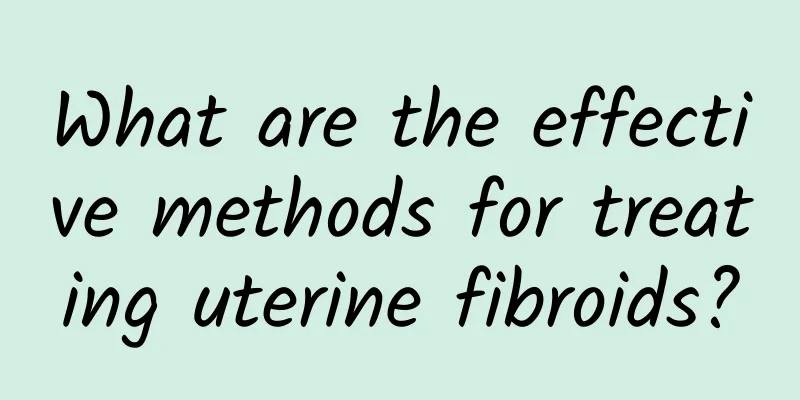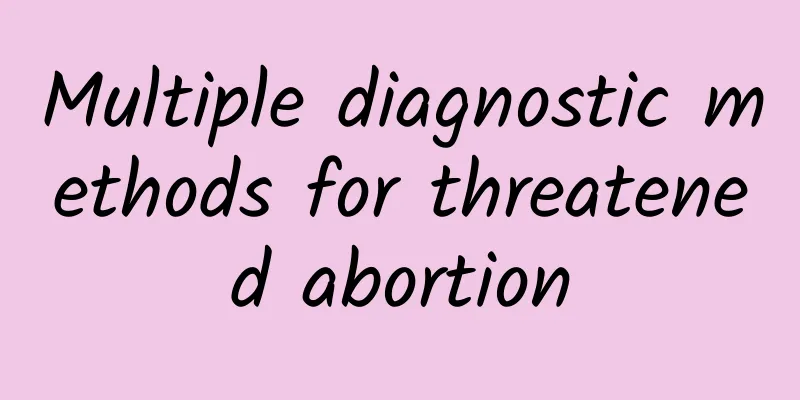Can dysfunctional uterine bleeding get better? How should it be treated?

|
As long as they can be treated in a standardized manner, most cases of dysfunctional uterine bleeding can be clinically cured. After the disease occurs, estrogen, short-acting contraceptives, uterine contraction drugs, blood tonic drugs and other drugs can be used for symptomatic treatment; if necessary, curettage and hysterectomy can be selected; eating more corn silk stewed with lean meat, donkey-hide gelatin glutinous rice porridge, etc. can also help alleviate the condition. When endocrine disorders cause irregular uterine bleeding, it is called dysfunctional uterine bleeding. Bleeding may occur during ovulation, or it may prolong menstruation, cause continuous bleeding, etc. After the disease, excessive blood loss may induce anemia, which requires active treatment. So, will dysfunctional uterine bleeding be cured? |
>>: Can I eat banana chips after an abortion? What are the dietary precautions after an abortion?
Recommend
The cause of vulvar leukoplakia - do you know?
Nowadays, the medical community calls the whiteni...
foreigner"! More than 60% of office workers eat out for lunch 5 days a week
The busy schedule of office workers and the preva...
The care of vulvar leukoplakia should also pay attention to psychological factors
Due to the dual harm of vulvar leukoplakia to the...
Don't take it lightly! US: Excessive fructose intake can affect memory
Whether adults or children, few can resist the te...
This will help you lose weight! Drink soy milk + vegetable juice before menstruation
It is a mixture of soy milk and vegetable and fru...
Is ovulation bleeding related to pregnancy?
Is ovulation bleeding related to pregnancy? Pregn...
How can endometriosis be prevented?
The cause of endometriosis is relatively complex,...
Learn to take good care of ectopic pregnancy in daily life
I believe everyone should be familiar with ectopi...
Do patients with cervical warts have a long life expectancy?
If cervical warts are not treated, the condition ...
What are the abortion examination items? There are these 5 types
Regardless of the cause of miscarriage, women sho...
The difference between uterine fibroids and uterine cysts
The difference between uterine fibroids and uteri...
Always failing in weight loss? Find out the causes and physique of obesity first! TCM: First understand whether you are really fat or just puffy
Many people who are determined to lose weight oft...
Why does functional uterine bleeding occur during menopause?
When women reach menopause, some have irregular m...
What medicine should I take for uterine adnexitis?
What medicine should be taken for uterine adnexit...
Can women with chronic cervicitis take medicine to cure it? Tips on taking medicine for women with chronic cervicitis
Patients with chronic cervicitis can be treated w...









